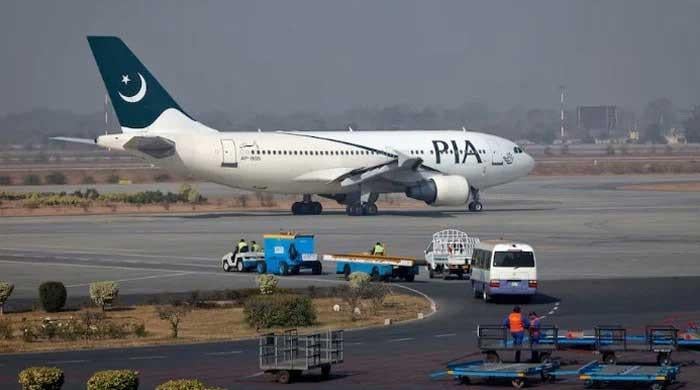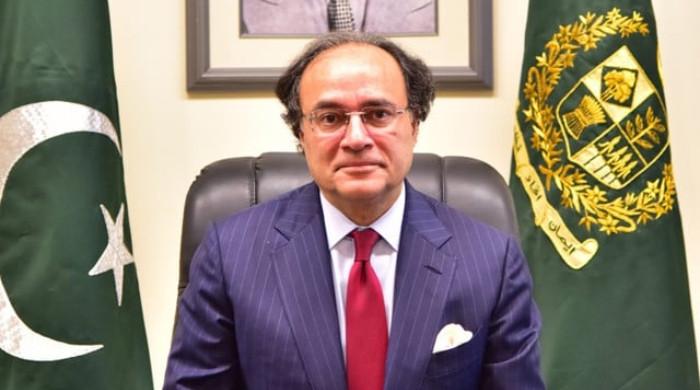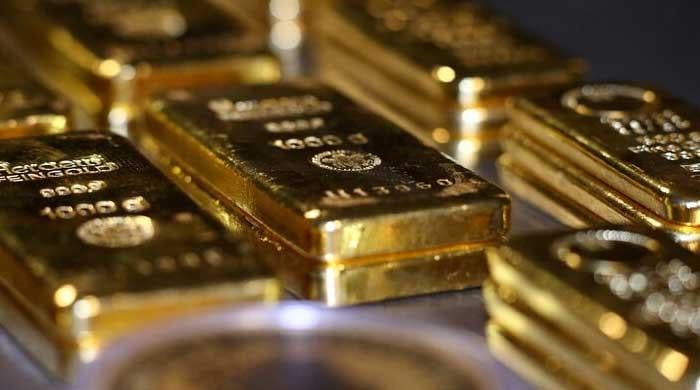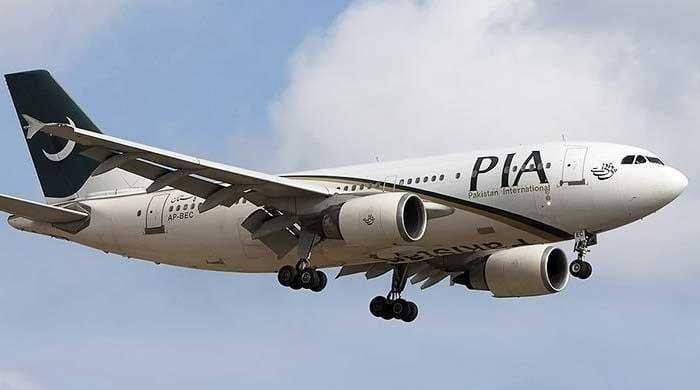September inflation edges up to 9% in Pakistan
On a monthly basis, inflation records an increase of 2.1% owing to significant changes in food, housing, construction indices
October 01, 2021
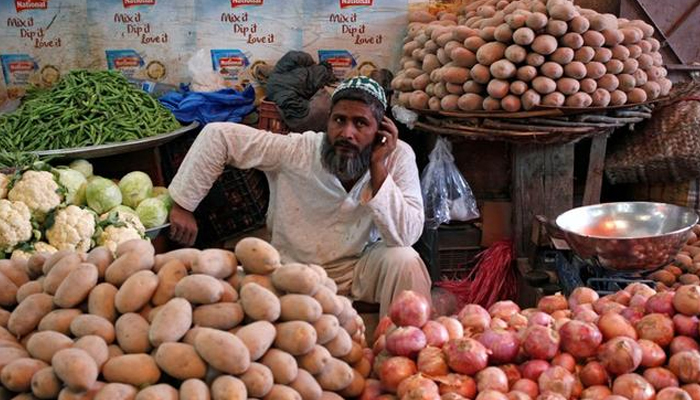
- On a monthly basis, inflation records an increase of 2.1% owing to significant changes in food, housing, construction indices.
- Core inflation surges to 6.4% in urban areas in September, reports Pakistan Bureau of Statistics.
- The average inflation rate for July-September of the current fiscal year stands at 8.58%, according to the PBS.
ISLAMABAD: The month of September saw a new round of increased prices of consumer items as inflation edged up to 9% from 8.4% in August, data released by the Pakistan Bureau of Statistics (PBS) showed on Friday.
On a month-on-month basis, inflation increased by 2.1% owing to significant changes in three indices — food, housing, and construction.
Speaking to Geo.tv, an analyst from Arif Habib Limited, Sana Tawfiq, said that the inflation rate was way above the market expectation.
“A significant increase of 2.1% on a month-on-month basis came on the back of three sectors — food, transport, and housing," she said.
Tawfiq elaborated that the increase in the prices of perishable items in the food group, rising oil prices internationally and locally, and the surge in electricity prices in Pakistan have impacted the three sectors. Resultantly, this impact was significantly observed in the inflation rate.
The national data collection agency has reported the latest inflation figures after the Monetary Policy Committee (MPC) meeting, which announced a 25bps hike in the policy rate for the next two months.
The Wholesale Price Index (WPI), which captures prices in the wholesale market, also rose sharply by 19.6% in September compared to 4.3% in the same month a year ago.
The government has set the average inflation target for the ongoing fiscal year at 8.5%, indicating that the year-on-year inflation may remain in double digits in the fiscal year 2021-22.
Tawfiq said that keeping in view the economic indicators, it is expected that the inflation will remain on the higher side by the end of this year.
The PBS reported that the overall inflation rate in both the urban and rural areas recorded an increase. The inflation rate in urban areas edged up by 9.1% in September and rural areas surged to 8.8% over the same month of the last year. In September last year, inflation in urban areas was recorded at 7.7% and in rural areas at 8.4%.
The food inflation rate in villages and towns remained unchanged at 9.1% and in cities rose to 10.8%, which was significantly higher than the previous month. Non-food inflation was recorded at 8.1% in urban areas and 8.5% in rural areas compared to 5% and 7.2% in September 2020.
Core inflation — calculated by excluding food and energy items — rose to 6.4% in urban areas in September, reported the national data collecting agency.
The food group saw a price increase of 10.21% in September from the same month a year ago. Within the food group, prices of non-perishable food items surged by 13.84% on an annualised basis meanwhile the prices of the perishable goods were effectively reduced by 8.3%. The inflation rate for the housing, water, electricity, gas, and fuel group — having one-fourth weight in the basket — rose to 9.74% last month.
Average prices for the clothing and footwear group increased by 9.19% in September. Prices related to transportation surged by 9.11%.
On a month-on-month basis, the price of chicken skyrocketed 42.04%, followed by a 15.7% surge in pulse masoor, 14.43% increase in eggs, nearly 10% wheat, according to the PBS. The prices of vegetables, cooking oil, and sugar recorded an increase of 3.95%, 3.64%, and 3.04% last month.
Meanwhile, electricity charges surged by 11.4% during the period under review.
“Going forward, if the government controls food inflation, the overall CPI inflation will stay within the range set by the central,” the analyst said, adding that on the flip side, if the food inflation increases, the overall inflation will record an increase in double digits.
The average inflation rate for July-September of the current fiscal year came in at 8.58%, according to the PBS.




